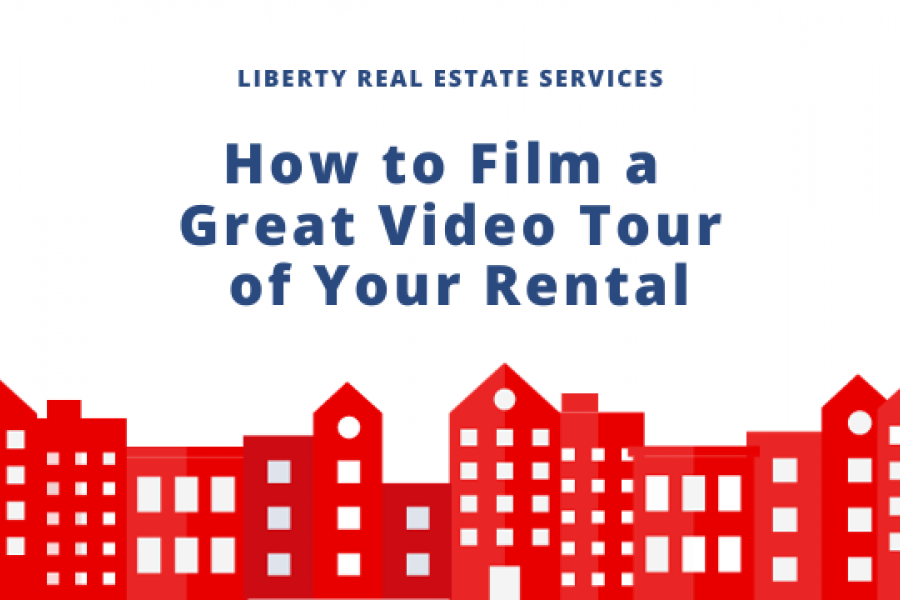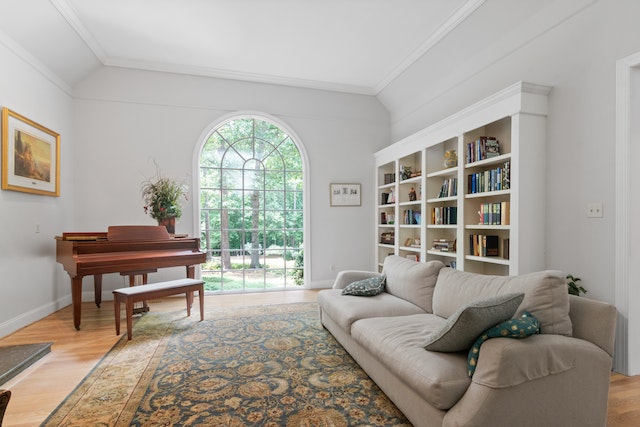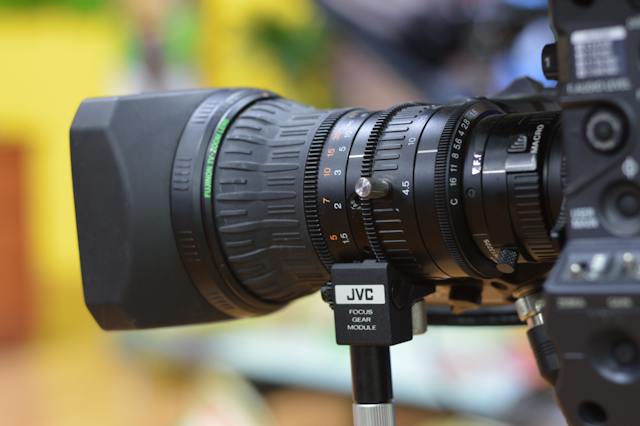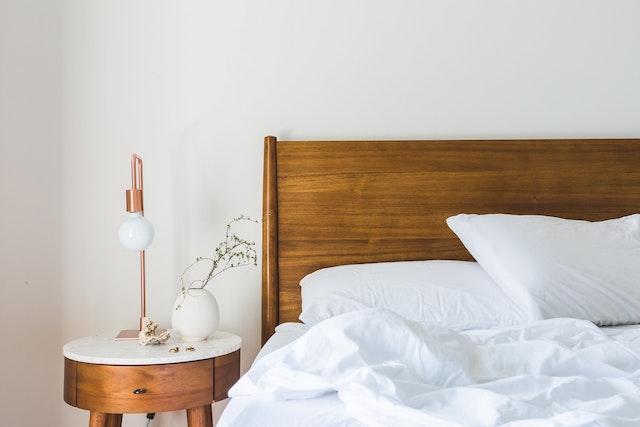
In recent years, especially due to COVID-19 and the rise of virtual reality, the way properties are showcased has evolved significantly.
It's no longer sufficient to just upload images of rental properties—modern renters seek more immersive experiences.
Real estate listings with video tours generate significantly more leads, and many renters consider pre-recorded video tours an acceptable alternative to in-person tours.
Advantages of Rental Video Tours
Video tours provide a unique advantage over static images due to their versatility and comprehensiveness. Here are the key benefits of using rental video tours:
- Engage Potential Tenants: Video tours provide an interactive experience, allowing viewers to feel more connected with the property compared to static images.
- Effective Visualization of Living Spaces: They enable prospective tenants to explore and visualize themselves living in the rental space.
- Increased Accessibility: Video tours allow people who cannot visit in person to view the property remotely, expanding the potential renter pool.
- Convenience and Comfort: Video tours in general offer a modern, comfortable way for tenants to tour properties from their own homes, aligning with current digital trends.
- Competitive Edge: In a market where digital presence is crucial, offering video tours can set your property apart from others that only have photos, making your rental listing stand out among the competition.

Personalizing Your Video Tour
When creating a video tour, aim to replicate the experience of an in-person showing. This means capturing the essence of each room and allowing viewers to imagine themselves in the space.
Here’s a guide on how to personalize video tours for your rental properties:
- Start with an Inviting Introduction: Begin your video tour with an engaging introduction that captures the viewer's interest immediately.
- Create an In-Person Experience: Aim to mimic the feel of an actual rental showing. Move through the space as you would if you were conducting a live tour.
- Showcase Each Room Thoughtfully: Ensure every room is presented in a way that allows viewers to imagine themselves living there. Consider staging rooms or adding elements that make the space feel lived-in and welcoming.
- Use Reference Images for Staging Ideas: If unsure about how to present a room, look online for staging ideas or example images of well-decorated rooms to draw inspiration from.
- Prepare for Follow-Up Actions: Anticipate that viewers may want to take the next step. Inform the viewers that application requirements, contact information, or the lease agreement are readily available with the listing to capitalize on the interest generated by your tour.
Equipment and Software for Creating Virtual Tours

While professional equipment can enhance the quality of your tour, it's not a necessity. You can create effective tours using just a smartphone. However, if you're willing to invest more, a DSLR camera with a fisheye lens and a tripod can provide superior image quality.
Additionally, there are various apps and tools available online that assist in creating 360-degree views of your properties using your smartphone.
Filming Techniques for Optimal Viewing
While creating a video tour of your rental property is a fantastic way to showcase it to potential tenants, the way you film the tour can significantly impact its effectiveness. Employing the right filming techniques ensures your video is both appealing and informative.
Here are some key tips to help you optimize your video tour for the best viewing experience:
Prioritize Landscape Orientation
Filming in landscape orientation is crucial for video tours. It eliminates distracting black vertical bars that can appear in portrait mode, ensuring the video uses the entire screen space.
This orientation allows you to capture wider views of each room, providing a comprehensive and realistic perspective.
It's also more visually appealing and compatible with various devices, from smartphones to widescreen TVs, ensuring your video can be enjoyed by a broad audience regardless of their viewing platform.

Use Proper Lighting
Good lighting is essential for high-quality video. Natural light can make spaces appear larger, more inviting, and more vibrant. Position the camera to take full advantage of natural light sources like windows.
Avoid filming against bright light sources to prevent glare and shadows that can obscure details. If natural light is insufficient, consider using soft artificial lighting to evenly illuminate the rooms.
Manage Your Audio
Clear audio is as important as the visual elements of your video. Minimize background noise that can distract viewers or make it hard to focus on the property.
If you're narrating the tour, speak clearly and at a steady pace. Consider using a good microphone for better sound quality.
Alternatively, adding a voiceover in post-production can ensure clarity and professionalism. Background music can also enhance the viewing experience, but it should be subtle and not overpowering.
Avoid Covering the Lens
Always be aware of how you hold your camera. Accidentally covering the lens with your fingers can ruin shots. Regularly check for smudges or dirt that might blur the video.
This attention to detail ensures that every frame of your tour is clear and unobstructed, providing a professional look to your video.
Keep Your Hands Steady
Steady footage is key to a professional-looking video tour. Shaky or erratic videos can be off-putting and make it difficult for viewers to focus on the property details.
Using a tripod or a handheld stabilizer can drastically improve the stability of your shots. If you're moving through the property, walk slowly and smoothly to avoid jarring movements.
Edit the Video Thoroughly
Effective editing can transform a good tour into a great one. Trim out any unnecessary footage to keep the video concise and engaging. Ensure a logical flow from one room to another to mimic the experience of an in-person tour.
Adding labels or brief descriptions during editing can highlight key features or dimensions of the property.
Remember, the goal of editing is to enhance the viewer’s understanding and interest in the property, so keep it clean, simple, and focused on showcasing the best aspects of your rental.
Conclusion
This guide incorporates the latest trends and practical tips for landlords to create compelling video tours of their rental properties, ensuring they stand out in a competitive market.
If you are not confident doing this on your own, you may work with a reputable property manager in your area. Contact Liberty Real Estate Services and we’ll be happy to serve you!
